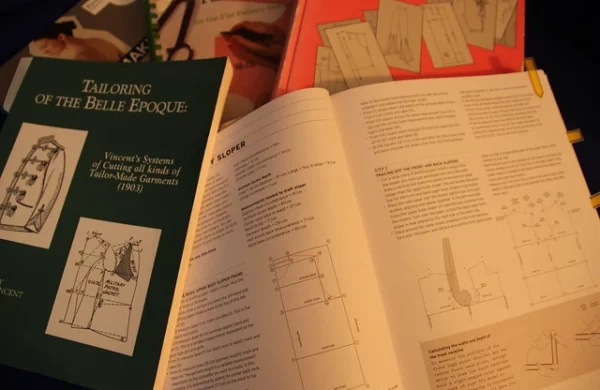
When creating a new vestment pattern. The first rule: make the pattern so that if I were purchasing, the pattern could be opened, and reviewed, and after understanding the instructions and layout, the pattern were ready to use.
Like this:
Like Loading...
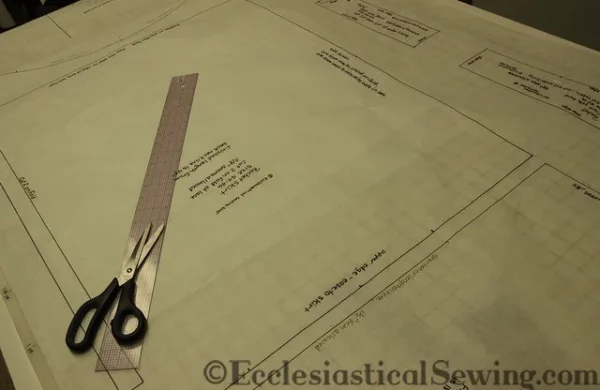
Creating church vestment patterns involves careful drafting, adjusting for style and fit, and attention to detail. The process includes making a master pattern, modifying it, and fine-tuning for the desired result. The Rochet and Monastic Choir Alb patterns are in progress, with multiple sizes planned.
Like this:
Like Loading...
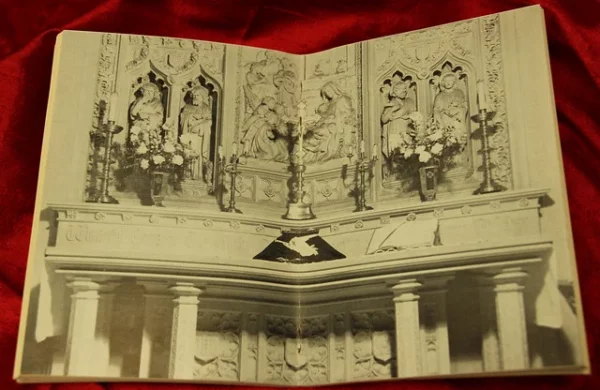
The name of Lucy Vaughn Hayden Mackrille is well known by many involved in Ecclesiastical Sewing and the making of church vestments as the founder of the Washington Cathedral Altar Guild. Her book entitled Church Embroidery and Church Vestments is a valuable resource for seamstresses, providing detailed instructions for making many vestments.
Like this:
Like Loading...
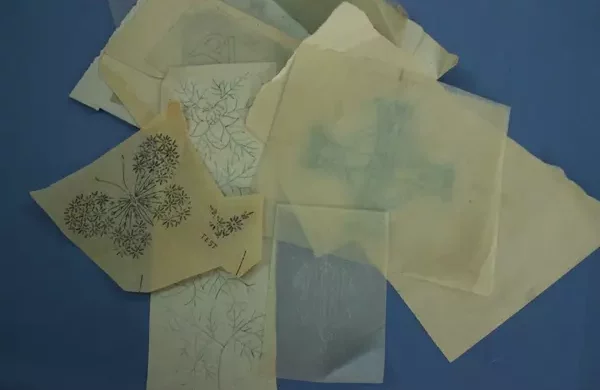
A collection of historic designs on aged paper dating from the 1870s to around 1940 and beyond. The collection includes original works by renowned designers from the Gothic age spanning the last two centuries, including perforated designs and transfers sourced from an antique Thomas Brown and Sons catalog. The designs are currently undergoing verification after a thorough historical tracing. It’s important to document and preserve this collection for future generations as a valuable resource for study and learning.
Like this:
Like Loading...
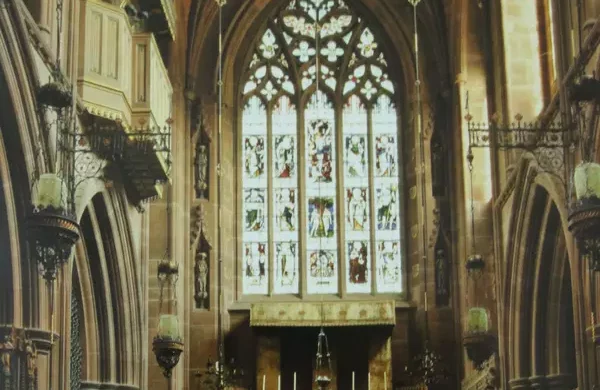
This book is about George Frederick Bodley’s life and work, along with other influential figures like John D. Sedding and A.W.N. Pugin. It covers various schools and methodologies, showcasing famous works. The book also explores how these visionaries collaborated with artisans in creating church artworks. With over five hundred pages, it’s a detailed journey into the design process of churches and their furnishings.
Like this:
Like Loading...
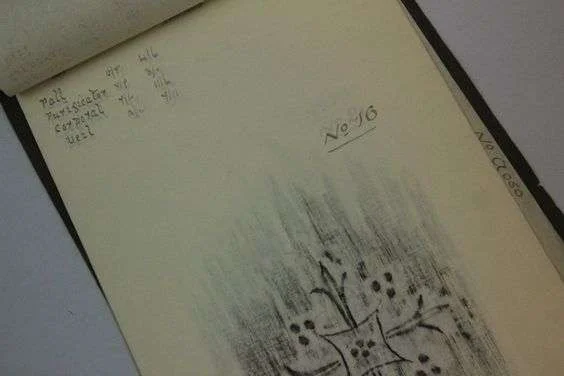
Handmade booklet with tracings and designs for hand embroidery on church linens. It includes a cross-with-crowns pattern and larger sheets with iron-on transfers for clear designs. The book also has traced hand embroidery designs and possible pricing info for different linen sizes.
Like this:
Like Loading...
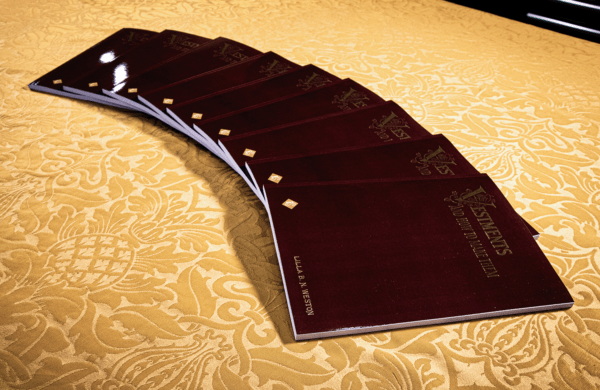
This book is written with the primary idea of promoting a more reverently industrious spirit among the people of our parishes. Incidentally the making of Vestments by the women of the parish saves a great deal of needless expense; but it also brings all those who assist in such work into closer touch with the Church, her meaning,s and her blessed privileges. The fashioning of Vestments is not an idle task, nor should it be undertaken lightly. Vestments ought to be made when one is in a different frame of mind than one is likely to be when making a centre-piece or an apron, or even an exquisitely embroidered garment. One should bear in mind that one is busy upon holy garments – garments in which a Priest of God is to stand arrayed…..(Weston, 1914, p. vii)
Like this:
Like Loading...
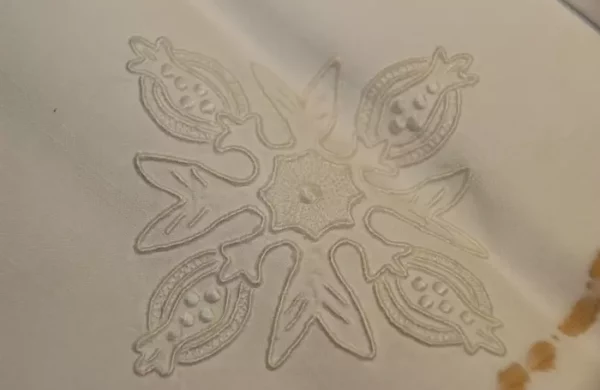
New altar linen project, a quick peek at some photos of whitework embroidery on linens.
Like this:
Like Loading...
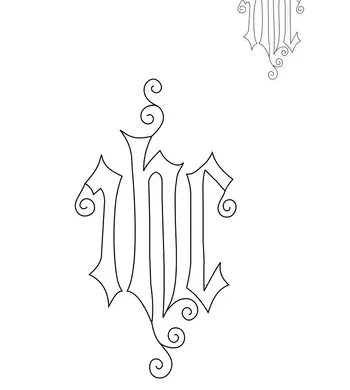
This vintage Ecclesiastical Hand Embroidery Design, originating from a Boston monastery over 100 years ago, still bears the pounce powder from its original use. The intricately perforated design on thin tracing vellum paper is tiny—merely 2 to 3 inches in size. The IHC hand embroidery is elegantly simple and clean, sparking ideas for stitching options. Considerations include a trailing stitch for the outline with a seed stitch filling or even a straightforward split stitch outline.
Like this:
Like Loading...
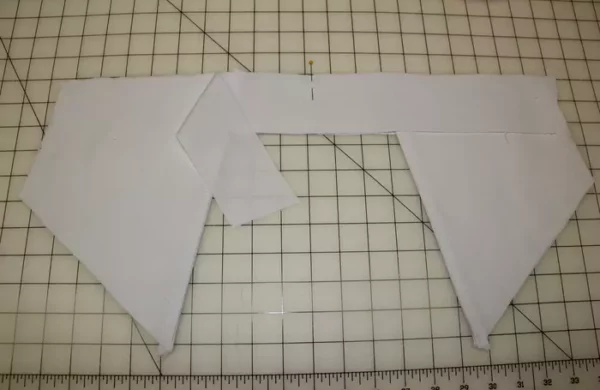
There are many styles of surplices worn by clergy. The most common styles are a round neck surplice and a square neck surplice which is often referred to as a Roman Surplice.
Like this:
Like Loading...
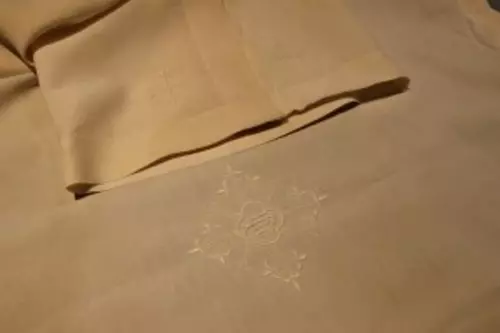
This antique Fair Linen, while stained, and scorched, with holes from a too-hot iron on one end, features a lovely hand-embroidered IHC motif in the center of the Altar Linen, surrounded by four smaller cross designs for the corners. Worked completely in white threads, the Ecclesiastical Embroidery is still lovely amid the linen stains of age. The central hand embroidery design is relatively small, considering the Fair Linen is wide and long
Like this:
Like Loading...

This stole is intended for use during an installation. The components consist of an applique of a Sword and a Bible. The machine embroidered applique and the lower orphrey were placed on a silk dupioni stole using a red and gold galloon trim to finish off the raw edges. While the red of the applique is a slightly darker color than the red of the stole, the gold trim bridges the color gap, and the colors blend together nicely, creating a subtle gradation.
Like this:
Like Loading...
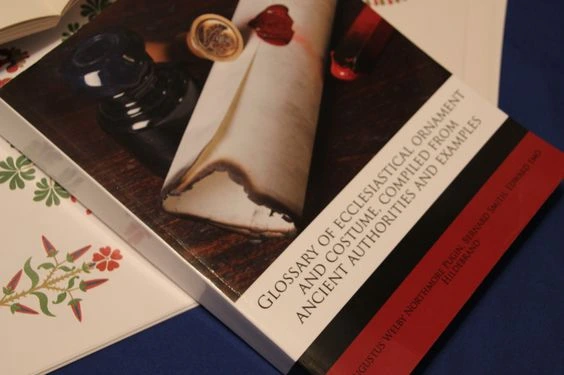
The books consist of a set of six titles published by the Embroiderer’s Guild back in the 1950s and 1960s and following. Each book in the series covers a set of topics such as Canvas Work, Vestments, and so on. The books are small but contain useful information. They are easy to use, as their size limits extraneous details.
Like this:
Like Loading...
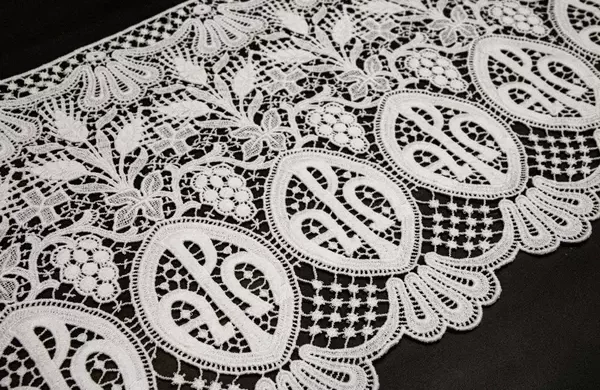
Lace, and variations is often applied to the hemline and sleeves of vestments such as a rochet which forms part of the choir robes. The lace can vary with styles of pattern, and materials, being sometimes a little heavier and bolder, to being something very light and airy.
Like this:
Like Loading...
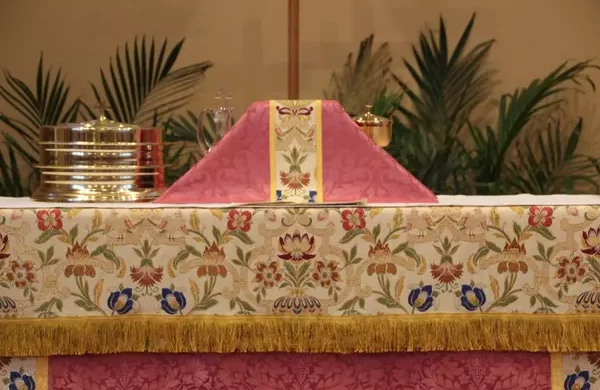
Chalice veils are very simple to construct. The beauty of the finished piece lies in excellent workmanship construction techniques and appropriate design placement. The design of a chalice veil can be as simple or elaborate as the imagination allows. Although the chalice veils do not have any trim around the edge, it is appropriate to use a cord as a decorative finish at the seam. Chalice veils often have a cross motif placed on the front edge too.
Like this:
Like Loading...
















You must be logged in to post a comment.